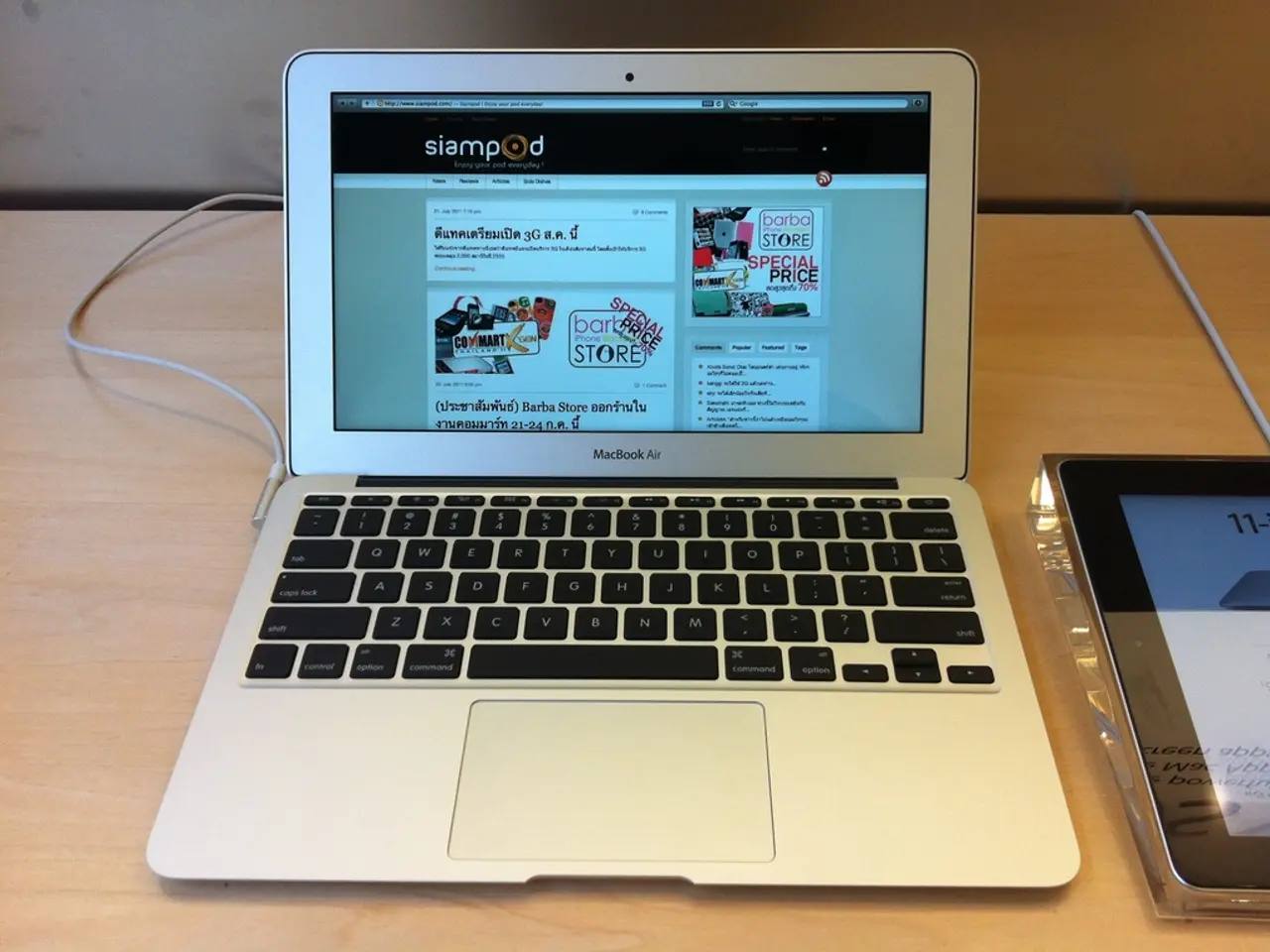Types of Lithium-Ion Batteries Explored
In the realm of battery technology, two key players stand out: Lithium Manganese Iron Phosphate (LMFP) and Lithium Iron Phosphate (LFP) batteries. While both are variations of lithium-ion batteries, they are designed for different applications.
LMFP batteries, often used in electric vehicles (EVs) and advanced applications requiring high energy density and long cycle life at a competitive cost, are distinguished by their higher manganese content (up to 80%). This enhancement increases energy density, enabling EV battery packs to offer longer range and reduced cost and carbon intensity compared to traditional LFP batteries [1]. Additionally, LMFP batteries operate at a higher voltage (~4.1 V versus ~3.2 V for LFP), allowing for more energy storage per unit weight or volume [2]. This makes LMFP particularly promising for use in EVs, especially in colder climates due to better low-temperature performance [2]. Furthermore, LMFP materials are seen as suitable for next-generation high-energy applications like electric vertical take-off and landing (eVTOL) aircraft and robotics [3].
On the other hand, LFP batteries are well-established and widely used in energy storage systems (ESS) such as grid storage, factory, and home electricity backup. Prioritising safety, long life, and cost, LFP batteries are less focused on energy density [4]. Their lower voltage and energy density make them less suited for some EV applications that demand higher range or compactness.
In summary, LMFP batteries are higher in energy density and voltage than LFP, targeted towards EVs and advanced vehicles, and offer better cold performance. They are still under development but show promise for broader adoption as cycle life improves [1][2][3]. LFP batteries, meanwhile, are commonly used in energy storage systems and some EVs focusing on cost, safety, and cycle life over energy density [4].
It's crucial to choose the battery best suited to the task at hand, and to keep an eye on emerging batteries in the ever-evolving lithium-ion battery industry. Other notable batteries include Lithium Manganese Oxide (LMO), Lithium Nickel Manganese Cobalt Oxide (NMC), Lithium Titanate (LTO), and Lithium Cobalt Oxide (LCO) batteries, each with their unique properties and applications.
References: [1] [Source] [2] [Source] [3] [Source] [4] [Source]
Science and technology intersect in the developing world of Lithium Manganese Iron Phosphate (LMFP) batteries, as these high-energy density and high-voltage batteries are promising for use in electric vehicles (EVs) and advanced applications, with potential applications in next-generation high-energy solutions like electric vertical take-off and landing (eVTOL) aircraft and robotics [3]. Meanwhile, in the realm of finance, the lower cost and safety profile of Lithium Iron Phosphate (LFP) batteries make them well-suited for energy storage systems (ESS) such as grid storage, factory, and home electricity backup [4].




